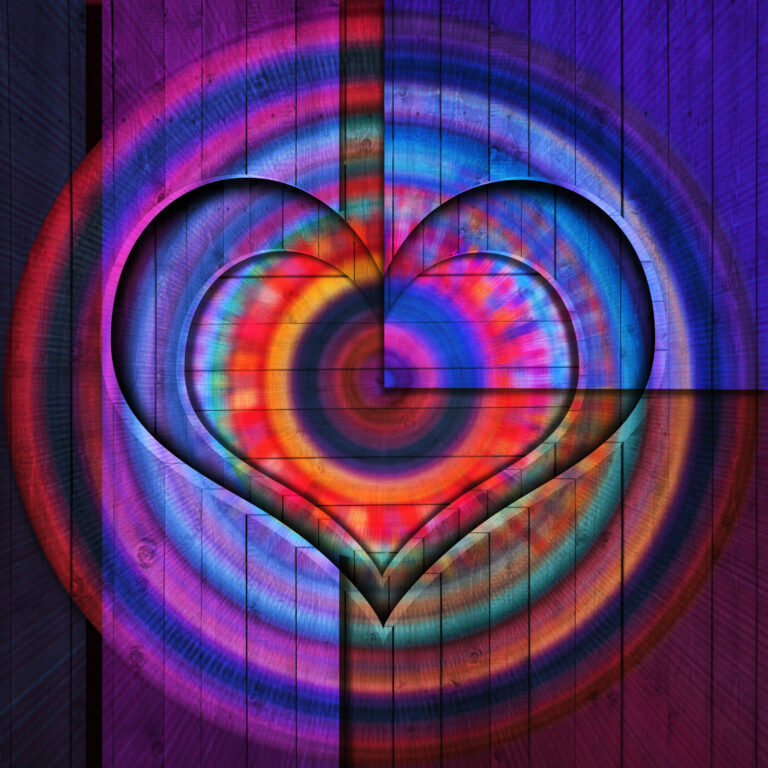
With the world changing so fast, with an atmosphere of fear, disinformation, climate emergency, and political chaos proliferating, it can seem like the best plan is to ignore what we don’t like and hope things get better. How to find the strength and grace to survive and thrive is the question.
As a creative who worked long and hard to come to terms with resistance rising from my shadow self, I continue to learn that I must write honestly. As David Corbett says in a recent post on Writer Unboxed, “This requires a kind of courage more compatible with vulnerability than strength or power, let alone fame or success; and this ultimately is an act of love.”
The negative side of life, the shadow within, which is now parading itself for our inspection in the outer world, must be acknowledged. Denying it is to deny the most fertile ground for spiritual and creative awakening. We grow from our conflicts, fears, and discomforts as long as we learn how to understand them.
Looking for how to talk about love, I turn to Rumi, Sufi mystic and poet.
Looking for Your Face
“From the beginning of my life
I have been looking for your face
but today I have seen it
Today I have seen
the charm, the beauty,
the unfathomable grace
of the face
that I was looking for
Today I have found you
and those who laughed
and scorned me yesterday
are sorry that they were not looking
as I did
I am bewildered by the magnificence
of your beauty
and wish to see you
with a hundred eyes
My heart has burned with passion
and has searched forever
for this wondrous beauty
that I now behold
I am ashamed
to call this love human
and afraid of God
to call it divine
Your fragrant breath
like the morning breeze
has come to the stillness of the garden
You have breathed new life into me
I have become your sunshine
and also your shadow
My soul is screaming in ecstasy
Every fiber of my being
is in love with you
Your effulgence
has lit a fire in my heart
and you have made radiant
for me
the earth and sky
My arrow of love
has arrived at the target
I am in the house of mercy
and my heart
is a place of prayer. “
And to Peter Kingsley, mystic, historian, prophet
If we really face our sadness,we find it speaks with the voice of our deepest longing. And if we face it a little longer, we find that it teaches us how to attain what we long for.
And also to Llewellyn Vaughn-Lee, Sufi mystic, teacher, writer
We think that the problems of the world and of ourselves can only be solved through “doing,” not realizing that it is this focus on ceaseless activity that has created much of our present imbalance. Rather than always asking, “What should I do?” we can learn to reflect, “How should I be?”
So, on this day dedicated to expressing love, I wish you joy, truth, beauty and pleasure in your friends and family, your pets, your community, your creative life, and your boundless heart that can hold and express the love of the universe.
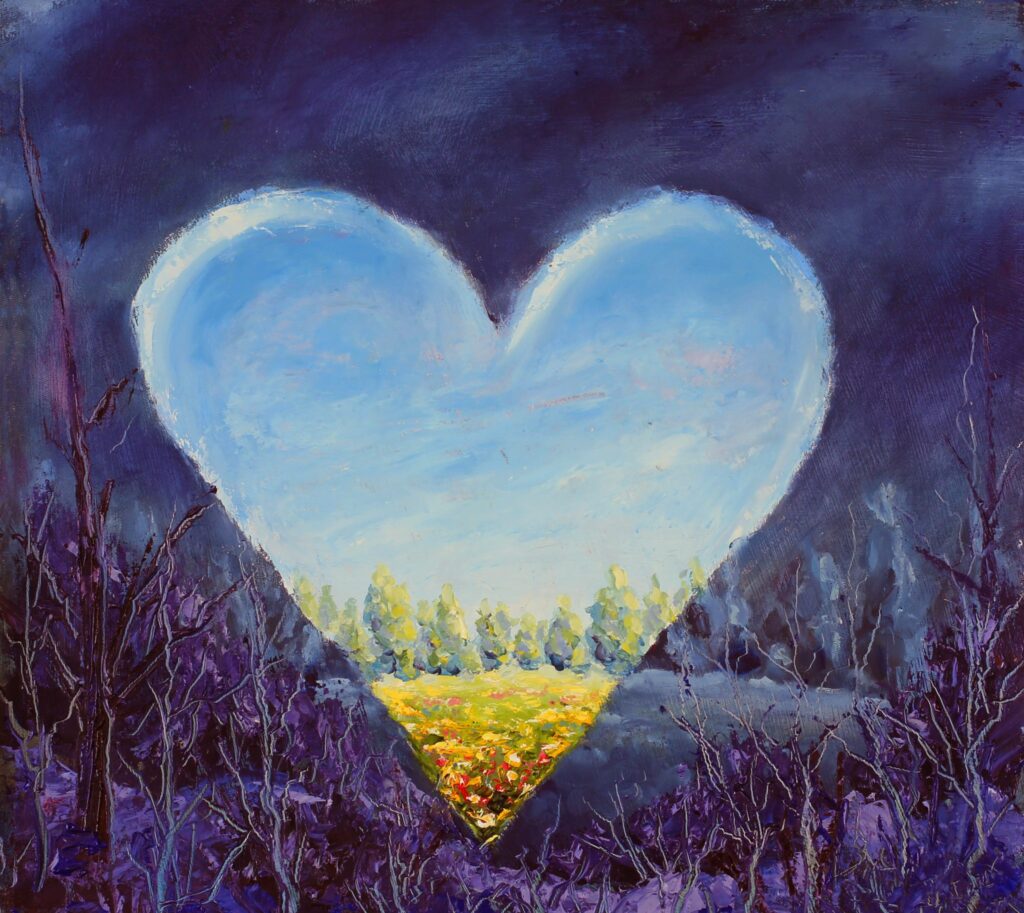
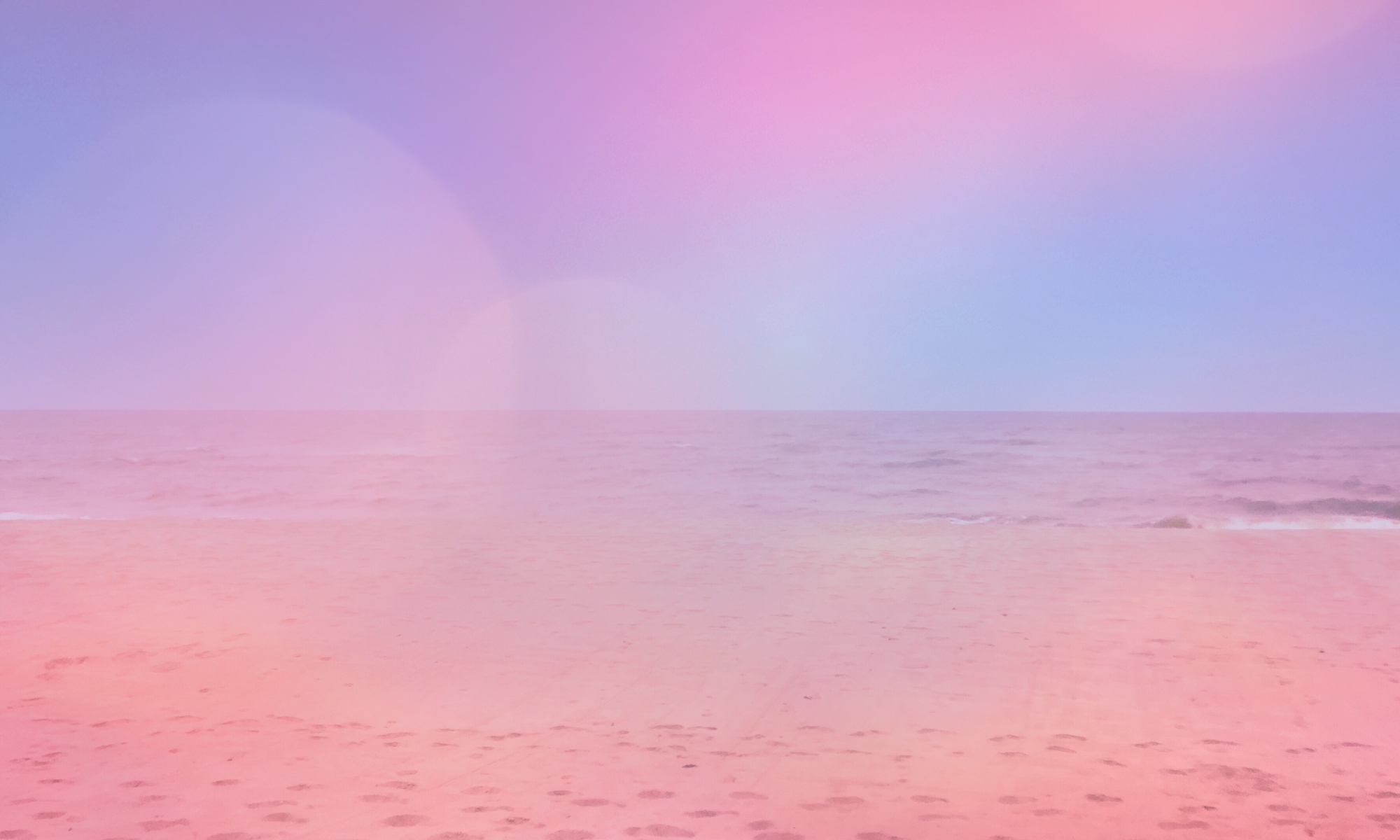
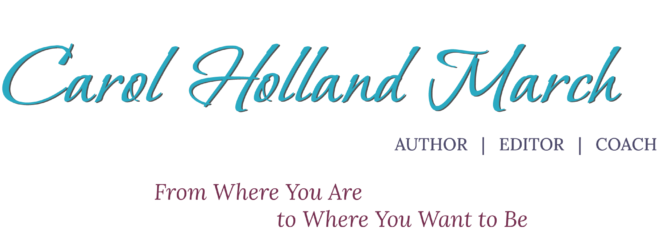
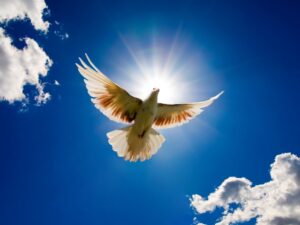

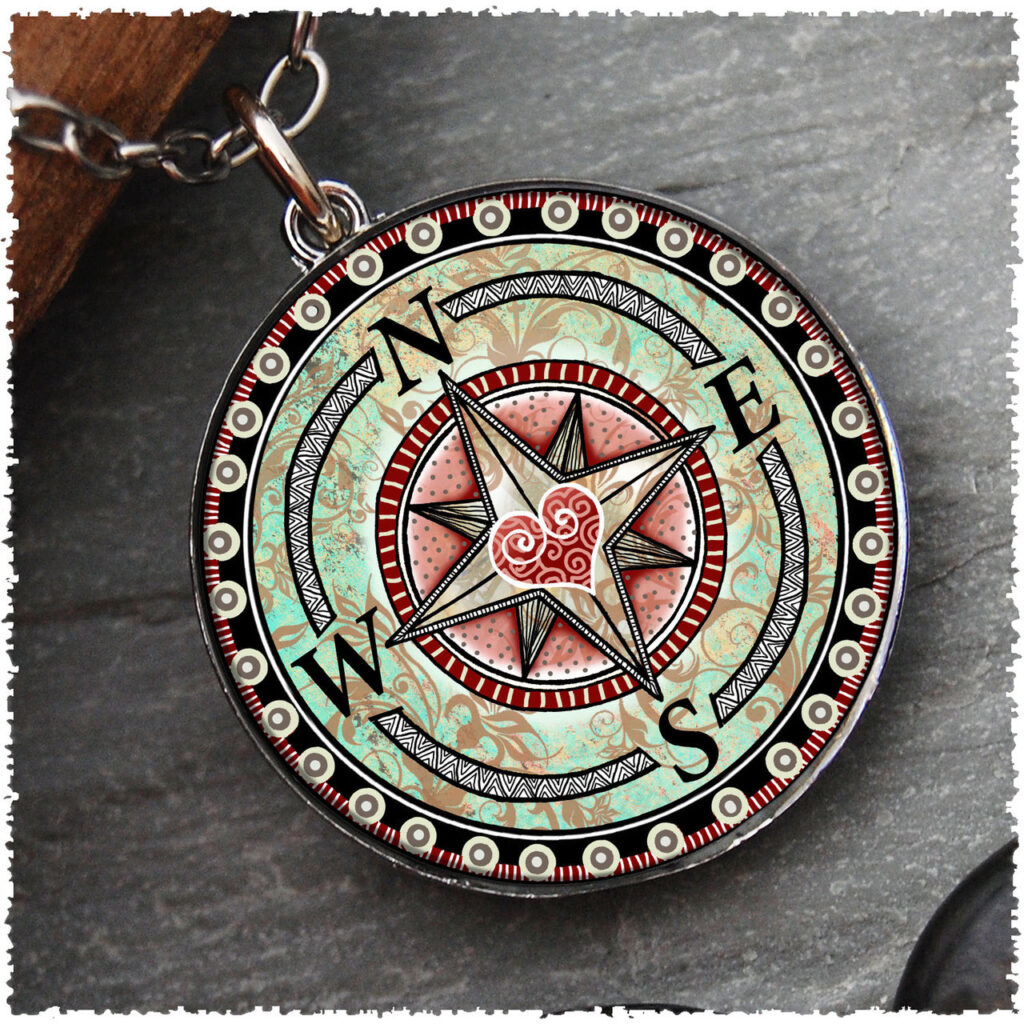



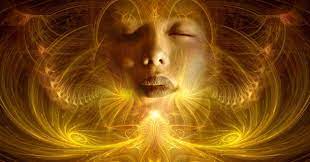
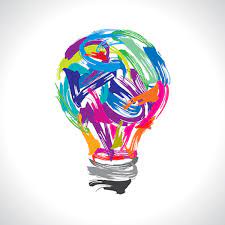
 To move forward in collaboration with your Creative Self, you may need to re-arrange some priorities. I sure did.
To move forward in collaboration with your Creative Self, you may need to re-arrange some priorities. I sure did.
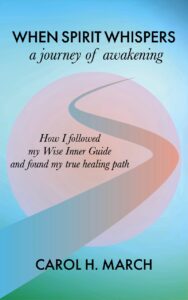
 Vein of Gold, metaphorically the hidden treasure of our lives, is the title of a Julia Cameron book on journaling our way to creativity and spirituality. Her books are for people seeking to uncover their art, who may be stuck, or lack confidence in their ability to bring forth their ideas.
Vein of Gold, metaphorically the hidden treasure of our lives, is the title of a Julia Cameron book on journaling our way to creativity and spirituality. Her books are for people seeking to uncover their art, who may be stuck, or lack confidence in their ability to bring forth their ideas.


 What happens when we don’t express our creative energy? When something inside blocks us from writing, painting, designing, making music, dancing for joy?
What happens when we don’t express our creative energy? When something inside blocks us from writing, painting, designing, making music, dancing for joy?